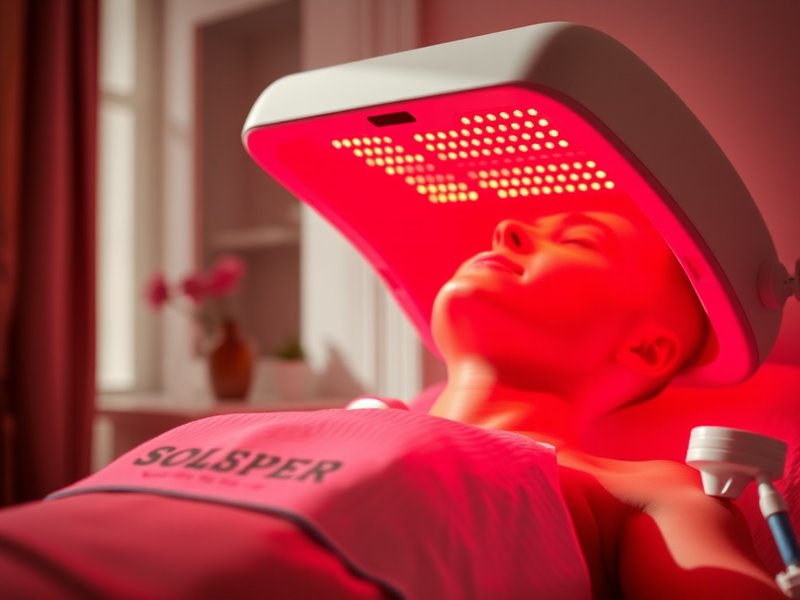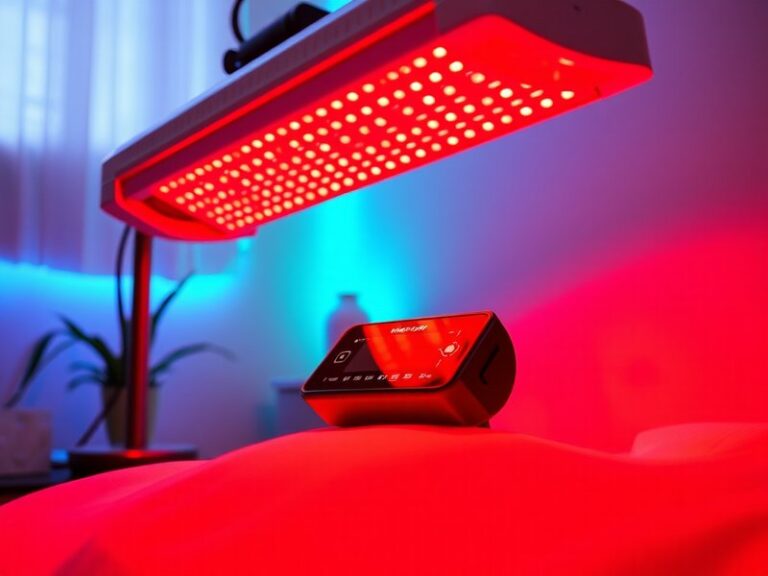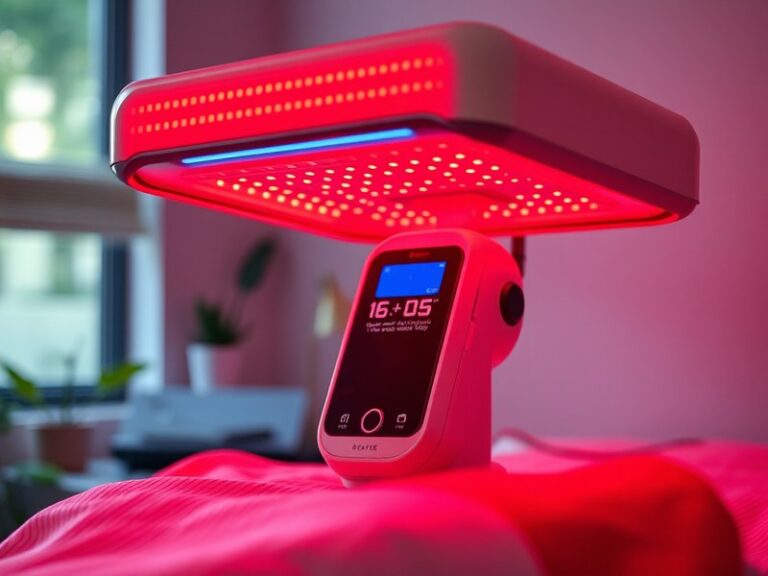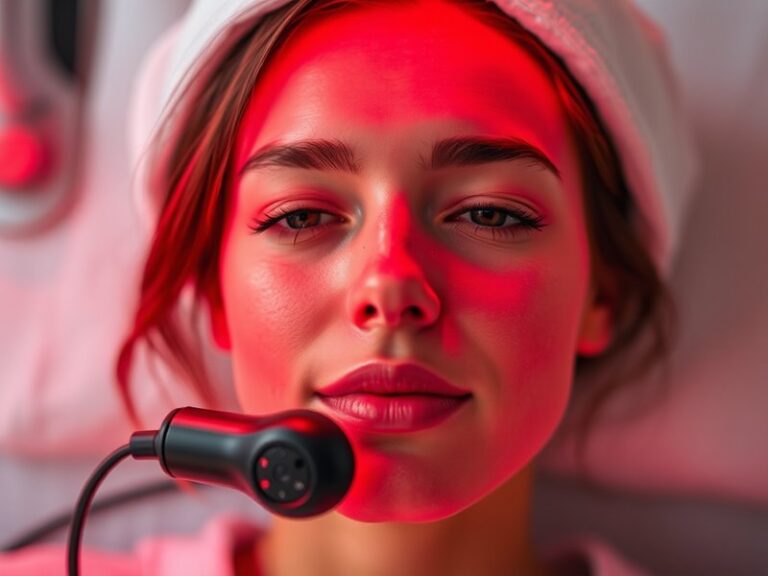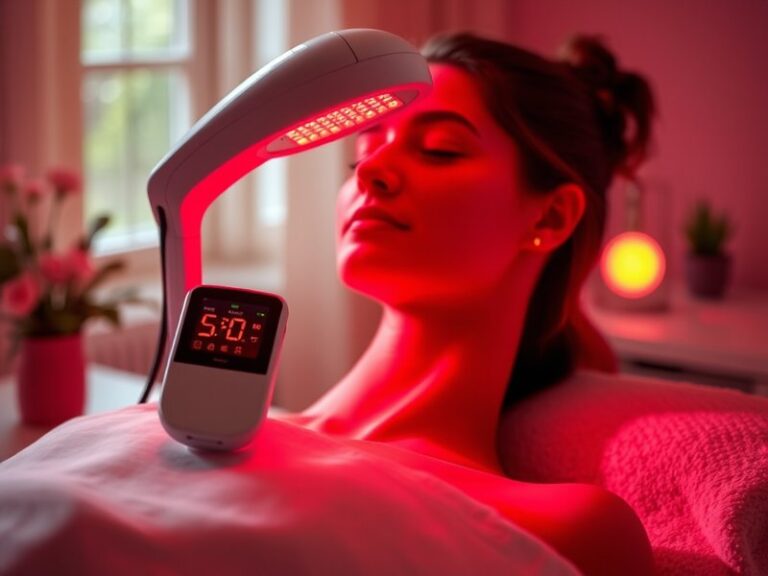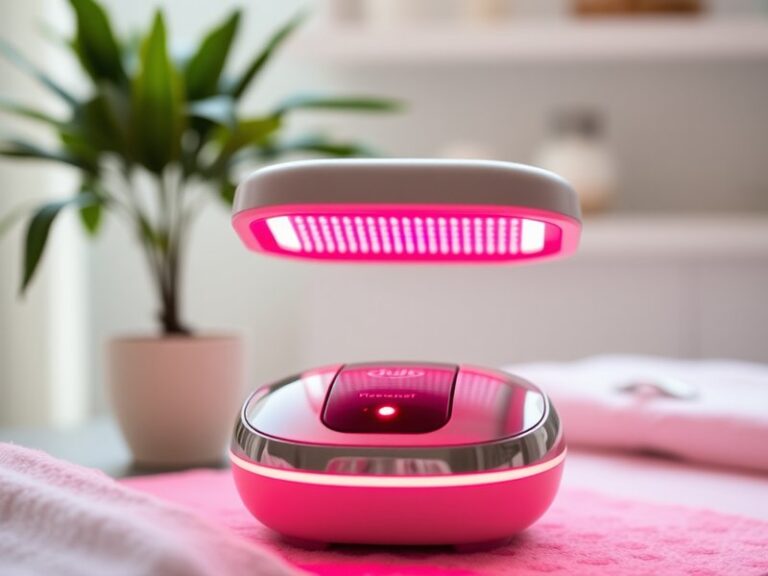What Are The Risks Of Red Light Therapy?
What Are The Risks Of Red Light Therapy?
Have you ever wondered about the safety of red light therapy? This popular treatment claims to improve skin health, alleviate pain, and promote healing. However, like any therapy, it comes with its set of risks that should be carefully considered before undergoing treatment.
In this article, we’ll explore the potential risks associated with red light therapy, discuss its benefits, review considerations before therapy, and explore alternative treatments. By the end, you’ll have a well-rounded understanding of how to approach this emerging therapeutic technique.
Key Takeaways
- Red light therapy is generally safe but has potential risks, including skin irritation and eye damage.
- Proper usage guidelines and consultation with healthcare professionals can mitigate many risks.
- Alternatives to red light therapy may provide similar benefits with different safety profiles.
What is Red Light Therapy?
Red light therapy, also known as low-level laser therapy (LLLT), involves the use of low-wavelength red light (typically in the range of 600-700 nanometers) to stimulate cellular processes. This non-invasive treatment is often used for pain relief, skin rejuvenation, and wound healing. It works by penetrating the skin and enhancing cellular metabolism, leading to increased energy production (ATP) and promoting healing.
The therapy can be administered through various devices, including handheld lasers, light panels, and LED masks. Users typically undergo a series of sessions to experience optimal results, making understanding both benefits and risks vital for potential users.
What are the Benefits of Red Light Therapy?
While red light therapy can be beneficial, it’s essential to weigh these against any associated risks. The therapy is reported to provide several advantages, including:
Enhanced Skin Health
Many users experience improvements in skin texture, reduced wrinkles, and diminished scars after undergoing red light therapy. Research suggests that the therapy can stimulate collagen production, leading to improved skin elasticity and overall appearance.
Pain Relief and Muscle Recovery
Athletes often utilize red light therapy for its potential in reducing pain and inflammation. Studies indicate that the therapy may accelerate muscle recovery post-exercise and alleviate chronic pain conditions, including arthritis and tendonitis.
Improved Mood and Sleep Quality
There’s emerging evidence suggesting that red light therapy may have positive effects on mood and sleep patterns. By promoting relaxation and a sense of well-being, this therapy could potentially help manage stress and improve overall mental health.
Additional Benefits
Other potential benefits of red light therapy include its applications in treating acne, reducing inflammation, and promoting faster healing of wounds.
Is it Possible to Safely Use Red Light Therapy?
Yes, red light therapy can be practiced safely with proper precautions. However, understanding the quality of the devices used, the intensity of light, and the duration of exposure is crucial to minimize risks.
What are the Advantages of Safe Usage?
Creating a safe environment for red light therapy includes the following advantages:
Minimized Risk of Side Effects
Adhering to guidelines can help prevent common side effects such as skin irritation, burns, or eye strain.
Improved Efficacy of Treatment
Using the appropriate wavelengths and exposure durations can enhance the effectiveness of red light therapy, maximizing its benefits.
Tailored Treatment Plans
Consulting healthcare professionals can lead to customized treatment plans that factor in individual health needs and concerns.
What are the Disadvantages of Safe Usage?
Even when practiced safely, one must consider the following disadvantages:
Limited Accessibility
Not all individuals have easy access to professional devices, making at-home therapy riskier if improper equipment is used.
See the full review FSA for Red Light Therapy?
Need for Consistency
For optimal results, regular treatments are necessary, which might be inconvenient for some users.
Costs and Time Requirements
Frequent sessions can lead to significant financial costs and time commitments, deterring some users from pursuing therapy.
What are the Things to Consider Before Engaging in Red Light Therapy?
Before beginning red light therapy, several factors should be assessed to ensure safe and effective treatment.
Skin Sensitivity
Consider your skin type and sensitivity. Individuals with heightened sensitivity or conditions such as eczema may react adversely to red light exposure.
Eye Protection
It’s vital to protect your eyes during therapy; consider using safety goggles to minimize the risk of eye damage from intense light exposure.
Underlying Health Conditions
Consult with a healthcare provider if you have any underlying health issues. Certain medical conditions or medications can increase sensitivity to light or may interact negatively with therapy.
Additional Considerations
Before using red light therapy, also consider:
Get the whole scoop Does Red Light Therapy Help?
- Quality of Devices: Ensure the device is FDA-approved and safe for personal use.
- Session Frequency: Be aware of recommended frequency and duration for effective results without overuse.
- Expected Results: Set realistic expectations regarding the results of the therapy based on individual goals.
What are the Alternatives to Red Light Therapy?
If you are cautious about red light therapy or find it unsuitable for your needs, there are several alternative treatments that might offer similar benefits.
Cold Laser Therapy
Cold laser therapy is akin to red light therapy but operates at different wavelengths. It claims to help with similar conditions, such as pain relief and wound healing, without many of the risks.
LED Light Therapy
LED light therapy uses various wavelengths to address specific skin concerns, such as blue light for acne or green light for pigmentation issues. This therapy often has a safer profile and is widely available in esthetician practices.
Microdermabrasion
For those focused on skin rejuvenation, microdermabrasion can be an effective alternative. It exfoliates the outer layer of skin, promoting fresh and healthier-looking skin without the risks associated with light exposure.
Additional Alternatives
Additional alternatives may include:
- Chemical Peels: These treatments can improve skin texture and pigmentation but should be performed by trained professionals.
- Acupuncture: Known for its pain-relieving properties, acupuncture may provide an intriguing non-light-based option.
Conclusion: Is it Recommended to Proceed with Red Light Therapy?
Red light therapy can offer significant benefits but carries potential risks that should not be overlooked. It is essential to evaluate personal health conditions, ensure proper safety measures, and consult with professionals to create tailored treatment plans. When used responsibly, red light therapy can be a valuable addition to your wellness regimen, but awareness and caution are key.
Frequently Asked Questions
Is red light therapy safe for everyone?
While red light therapy is generally considered safe, individuals with certain medical conditions or skin sensitivities should consult a healthcare provider before use.
How long do the effects of red light therapy last?
The longevity of benefits can vary; many users report lasting results from regular treatments, while others may need ongoing sessions for maintained effects.
Can I use red light therapy at home?
Yes, there are devices available for home use. However, it’s essential to research and select FDA-approved equipment and adhere to safety guidelines.
Are there any side effects associated with red light therapy?
Some users may experience mild side effects such as skin irritation or temporary redness. More severe reactions are rare but can occur with overexposure.
What should I do if I experience side effects?
If you experience discomfort or adverse effects, stop using the treatment immediately and consult a healthcare professional for further advice.
